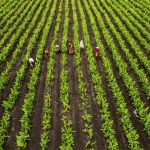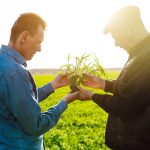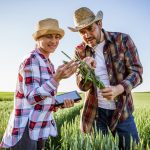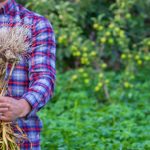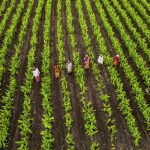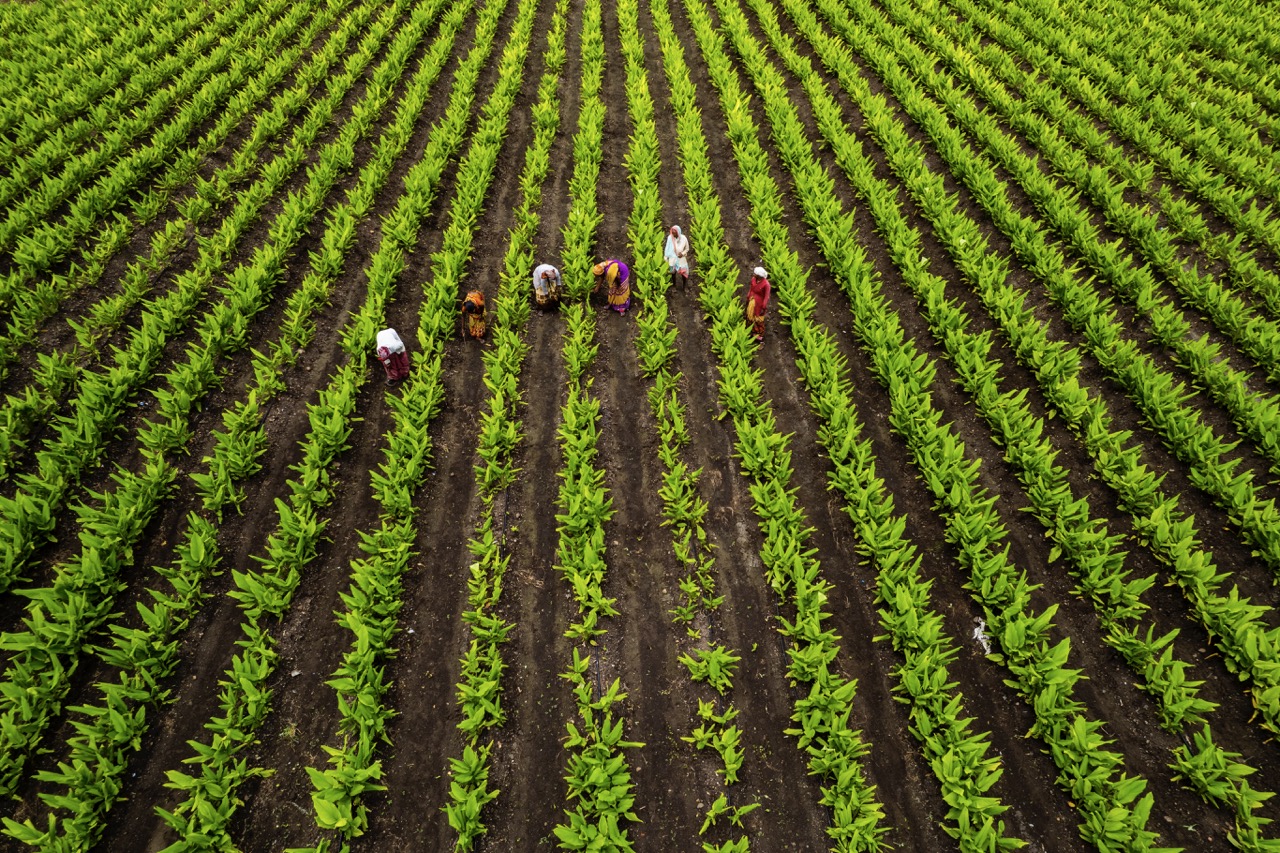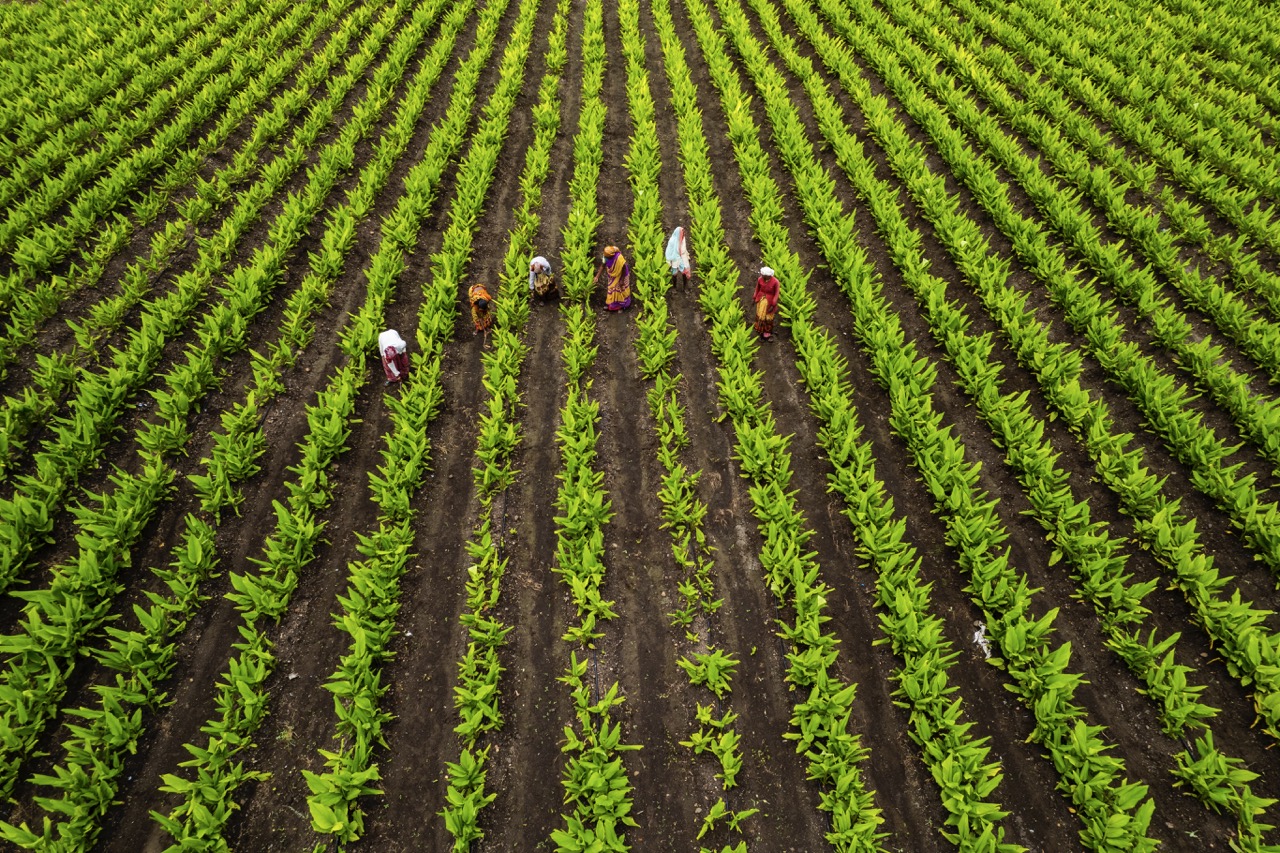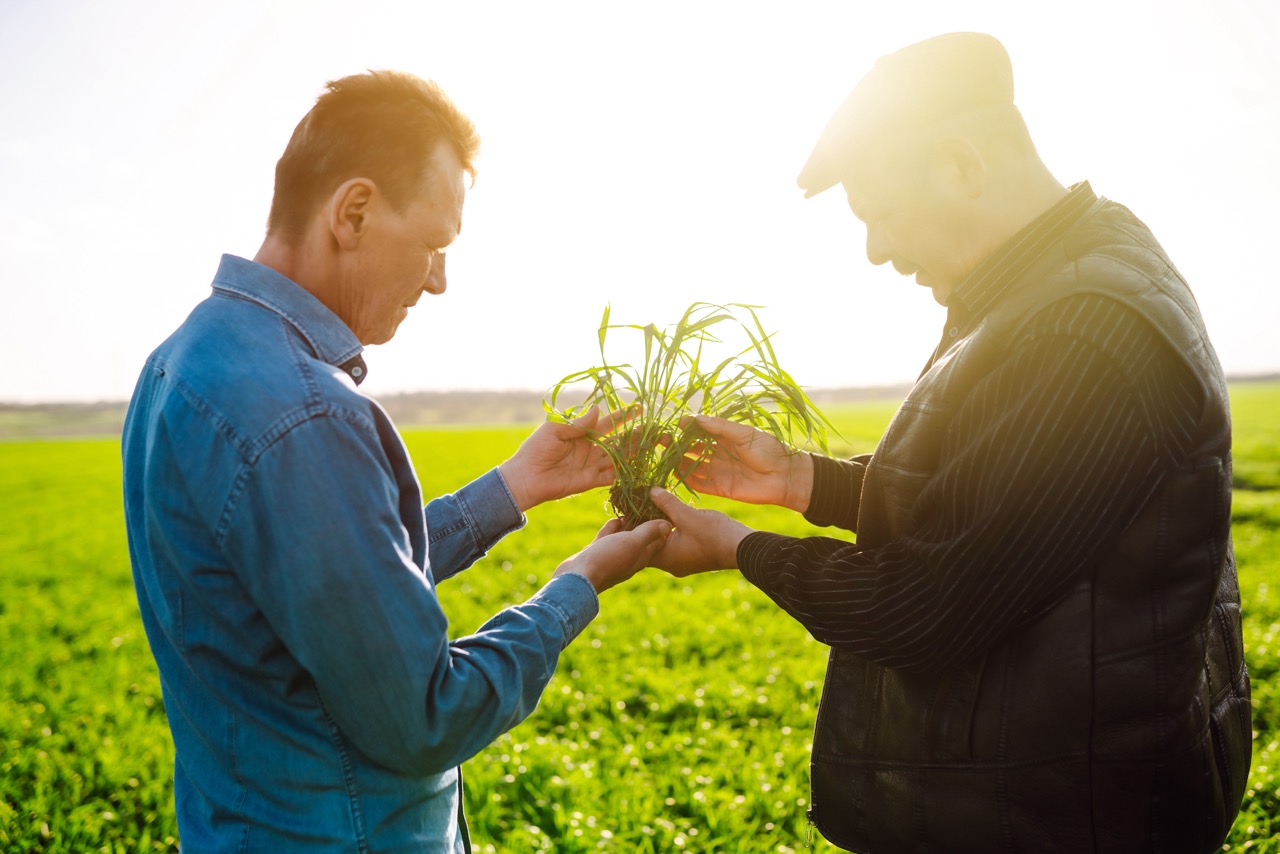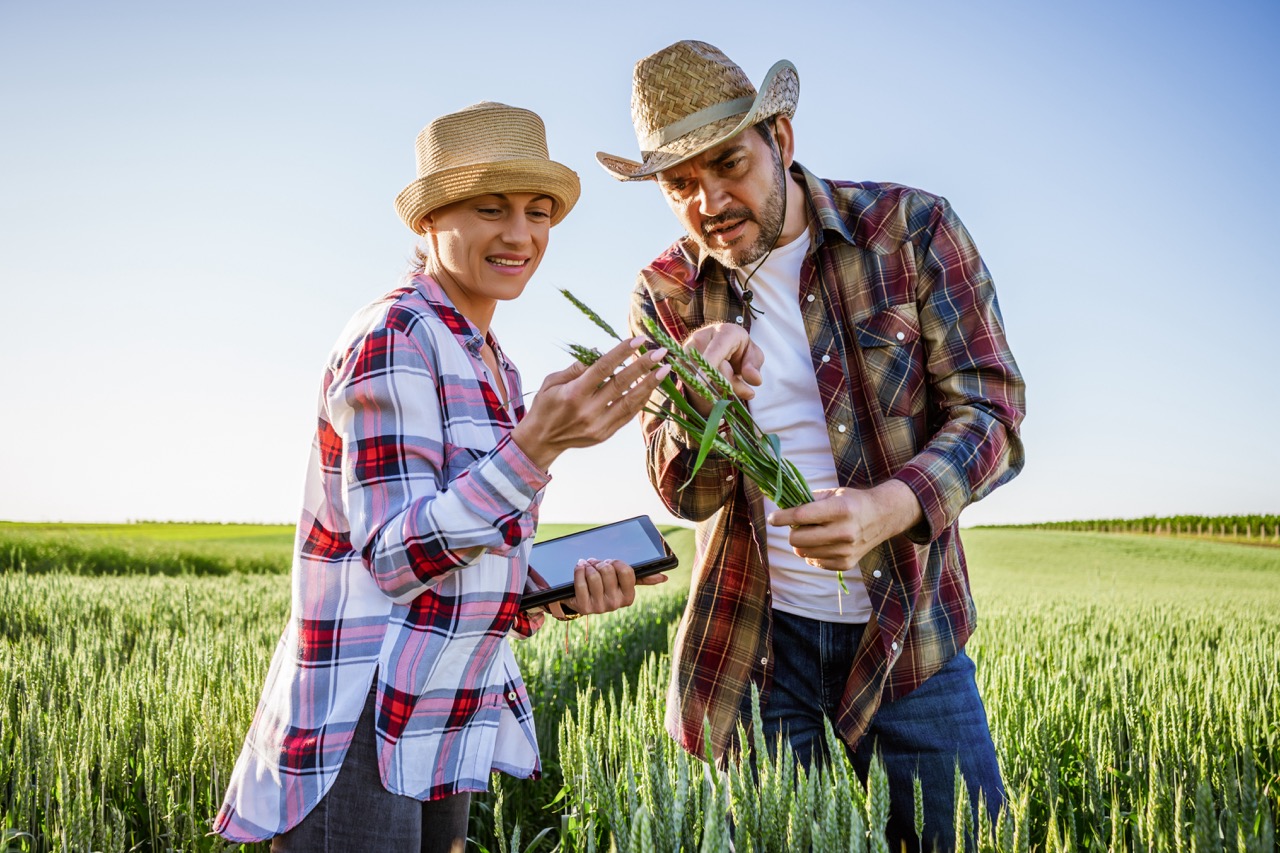As the global population continues to grow and environmental concerns escalate, the agriculture sector finds itself at a crossroads. Traditional farming practices, often characterized by heavy chemical inputs and intensive land use, have come under scrutiny for their detrimental effects on ecosystems and public health. Transitioning to a more sustainable farming model is not just a necessity for the health of our planet; it also presents opportunities for farmers to enhance productivity, improve soil health, and meet the rising consumer demand for sustainably sourced products. This article explores the need for sustainable agriculture, key strategies for implementation, challenges faced during the transition, and ways to measure success.
Understanding the Need for Sustainable Farming Practices
The urgency for adopting sustainable farming practices stems from a combination of environmental, economic, and social factors. Climate change, driven largely by agricultural practices, has resulted in unpredictable weather patterns, which in turn threaten food security. Unsustainable practices contribute to soil degradation, water scarcity, and loss of biodiversity, creating a ticking time bomb for future agricultural productivity. As stewards of the land, farmers are increasingly recognizing their role in mitigating these issues through sustainable practices that not only protect the environment but also safeguard their economic viability.
Moreover, consumer preferences are shifting towards sustainably produced food. Studies show that consumers are willing to pay a premium for organic and environmentally friendly products, which can provide an added incentive for farmers to transition to sustainable practices. As more retailers prioritize sustainability in their supply chains, farmers who adopt these methods may find themselves better positioned in a competitive market. Thus, aligning farming practices with sustainability not only meets ethical responsibilities but also opens up new market opportunities.
Finally, the social aspect of sustainable farming cannot be overlooked. Sustainable practices often involve community engagement and local resource management, fostering stronger relationships between farmers and their communities. This collaborative approach can lead to shared knowledge, increased resilience against economic shocks, and a collective effort towards preserving natural resources for future generations. As such, the transition to sustainable farming is not merely an environmental imperative but a holistic approach to agriculture that encompasses economic, social, and environmental dimensions.
Key Strategies for Implementing Sustainable Methods
Transitioning to sustainable farming requires a comprehensive approach that encompasses various strategies tailored to specific farming systems and local conditions. One of the most effective methods is the adoption of agroecological practices, which focus on promoting biodiversity and ecological balance. Techniques such as crop rotation, intercropping, and cover cropping can enhance soil health, reduce pest outbreaks, and improve water retention. Farmers are encouraged to experiment with different techniques to find combinations that work best for their specific conditions while minimizing reliance on synthetic fertilizers and pesticides.
Another essential strategy is the integration of technology and data-driven approaches. Precision agriculture, which utilizes GPS, sensors, and data analytics, enables farmers to monitor crop health, soil conditions, and resource use efficiently. This technology can help optimize inputs, reduce waste, and enhance overall productivity. Moreover, utilizing sustainable pest management strategies, such as biological control and pheromone traps, can further decrease chemical dependency while maintaining crop yields.
Education and training play a pivotal role in the successful adoption of sustainable practices. Farmers should engage with local agricultural extension services, attend workshops, and collaborate with peers to learn about new sustainable techniques and technologies. Building a support network that includes agronomists, researchers, and other farmers can facilitate knowledge sharing and help overcome initial hurdles in the transition process. By prioritizing education, farmers can make informed decisions and ensure a smoother shift toward sustainable farming.
Overcoming Challenges in the Transition Process
Transitioning to sustainable farming is not without its challenges. One of the primary hurdles farmers face is the initial financial investment required to implement sustainable practices. The shift may involve purchasing new equipment, modifying existing infrastructure, or investing in organic inputs, which can strain budgets, especially for smaller operations. To address this, farmers can seek financial assistance through grants, low-interest loans, or cooperative purchasing arrangements, helping to alleviate the initial financial burden associated with the transition.
Another challenge is the risk of reduced yields during the initial years of transitioning to sustainable methods. Farmers may experience lower production levels as they shift away from conventional practices while new systems take time to establish. This uncertainty can be daunting, especially for those who depend on consistent yields for their livelihood. To mitigate this risk, farmers are encouraged to adopt a phased approach, gradually incorporating sustainable methods while maintaining some traditional practices until they feel secure in their new systems.
Lastly, there is often a knowledge gap regarding sustainable practices, particularly in regions with limited access to resources. Farmers may lack information about the latest sustainable techniques or support networks for sharing experiences and best practices. To bridge this gap, local agricultural organizations and governments should prioritize providing accessible educational resources, workshops, and support networks. By fostering an environment of collaboration and information sharing, the agricultural community can better support farmers in navigating the complexities of transitioning to sustainable farming.
Measuring Success: Metrics for Sustainable Farming
Measuring the success of sustainable farming practices can be complex, as it encompasses various environmental, economic, and social dimensions. One approach is to establish clear, quantifiable metrics that reflect the goals of sustainability. For instance, monitoring soil health through indicators such as organic matter content, microbial diversity, and nutrient levels can provide insights into the effectiveness of implemented practices. Additionally, tracking water usage and quality can offer a comprehensive view of the farm’s environmental impact, helping farmers assess their resource management strategies.
Economic metrics are equally important in evaluating the success of sustainable farming. Farmers should track not only overall yields but also input costs, profit margins, and market demand for sustainably produced goods. A successful transition may not always result in higher yields at first; however, improved soil health and reduced input costs can lead to long-term financial sustainability. Evaluating profitability through sustainable practices can help build a compelling case for transition, showcasing the economic viability of sustainable methods.
Finally, social metrics, such as community engagement, farmer satisfaction, and consumer feedback, contribute to a holistic understanding of success in sustainable farming. Surveys and community forums can provide valuable insights into the perceptions of sustainable practices among consumers and local communities. This social lens allows farmers to gauge the broader impact of their practices and make necessary adjustments. By employing a combination of environmental, economic, and social metrics, farmers can create a comprehensive framework for assessing their progress in adopting sustainable farming methods.
Transitioning to a more sustainable farming model is a multifaceted endeavor that requires careful planning, education, and collaboration. While the challenges and initial investments may seem daunting, the long-term benefits of improved soil health, increased biodiversity, and enhanced market opportunities present a compelling case for change. As consumer demand for sustainably sourced products continues to rise, farmers who embrace these practices will not only contribute to a healthier planet but also secure their livelihoods in an evolving agricultural landscape. The path to sustainability is undoubtedly complex, but with commitment and the right strategies, it is a journey worth undertaking.
